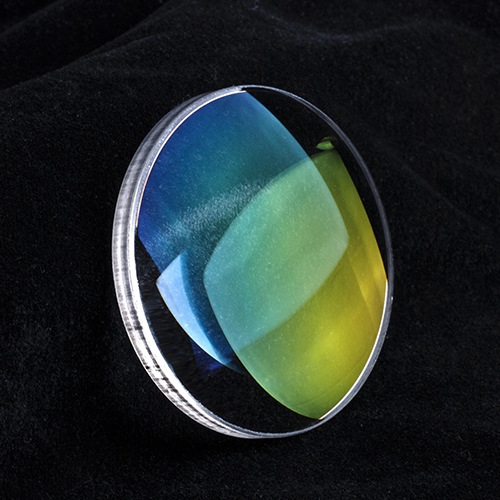Enterprise name:Huaian Dong Sheng Photoelectric Instrument Co., Ltd.
Contact: Wang Li
Telephone:0517-83852182
Mobile phone:15252390568
Mailbox:976723966@qq.com
Fax:
Address: No. 9, Haikou Road, Huaian economic and technological development area.
Website:www.zgdsgd.cn
After a long period of research and experience accumulation of optical lens and mirror glass, optical lens manufacturers have concluded that the optical film occupies an important position in the composition of the sight mirror. The quality of the optical film directly affects the advantages and disadvantages of the collimation lens. Why do you say that? In fact, the truth is very simple, which is consistent with the camera imaging requirements, to restore the real object of the object as much as possible, including the reduction of color and brightness, which is the problem to be solved by the optical thin film of the telescope.
Then what kind of optical film can meet the problem of astronomical telescope imaging reduction?

We all know that white light is made up of seven different wavelengths. The light in each band is different in color. Once the light in a band is missing, the remaining light can not make a white light. When a beam of white light is incident to an optical lens, if the quality of the optical film is poor and the reflection of a certain wavelength is too large, the remaining light will appear in the optical system according to the principle of color complementation, and will eventually lead to color distortion after the telescope is imaging. Second is the light incident on the optical lens will produce reflection and absorption, if not coated, the optical lens each surface of about 4% of the light loss, so the light passes through the optical lens layer reflection and absorption, the final entry into the system light will be very little, resulting in the telescope's dark objects and lower resolution. So we should choose the optical thin film with a strong reduction in the visible light wavelength (400-700nm), which has a strong reduction in reflection, as an optical film to meet the imaging of the telescope. In other words, the optical thin film that can minimize the color and brightness of the object, we think it is good. As a super wide film (400-1000nm), it is actually a functional film that does not improve the transmittance in the range of visible light (400-700nm). On the contrary, the dusk index can be improved after the 700-1000nm is reduced, but the reflection in the visible light band will increase.